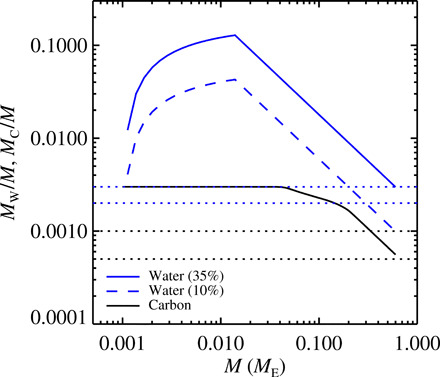Fig. 7. Fraction of water and carbon that survives the passage through the planetary envelope.

The fraction is shown as a function of the mass of the growing Earth. The results are shown for two different values of the ice fraction of the pebbles. The estimated water and carbon fractions of Earth are indicated with dotted lines. Water is delivered by icy pebbles until the temperature in the envelope reaches ice sublimation (assumed here to be at 160 K). The water fraction falls steeply after the protoplanet reaches 0.02 ME. Carbon is vaporized in two steps—organics vaporize in the temperature range 325 to 425 K, and carbon dust burns at 1100 K. Planetesimals in the birth belt as well as the early-accreted pebbles define an initial carbon fraction of 3000 ppm. The infall of pebbles of CI composition (5% carbon, assumed here to occur at tCI = 3.8 Ma) when Earth reaches a mass of 0.3 ME coincides with the increased heating of the planetary envelope, so that the overall carbon fraction actually decreases with increasing mass. The final value lands around 600 ppm, similar to estimates for the bulk Earth composition including a potential carbon reservoir in the core (51, 73).
